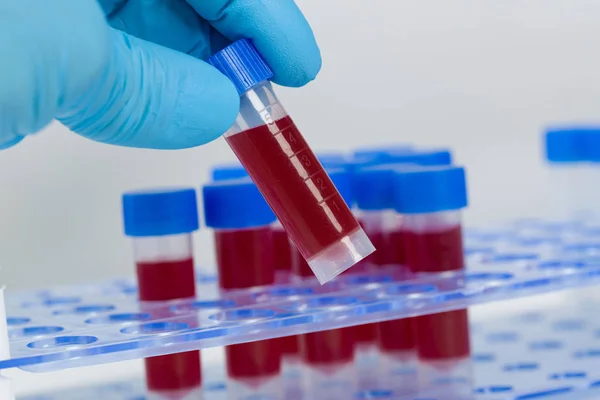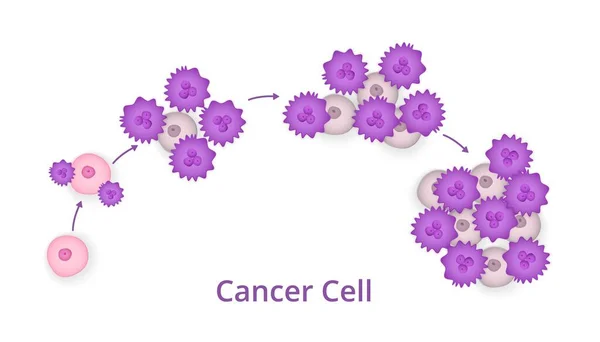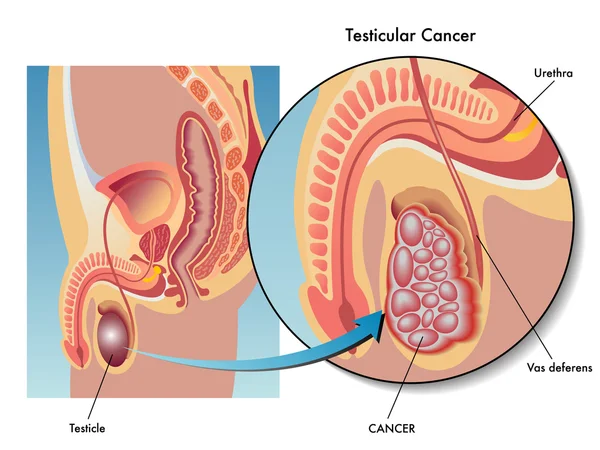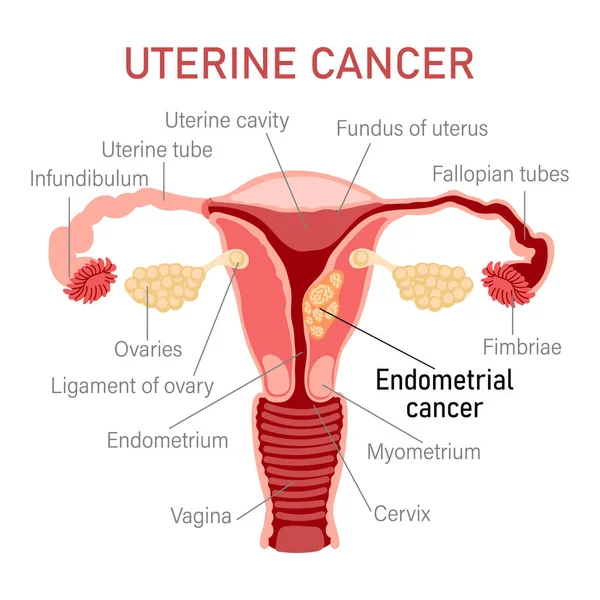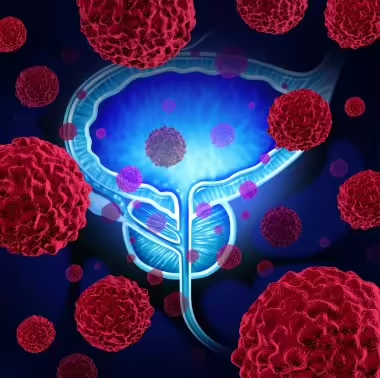
Prostate cancer is a form of cancer that develops in the prostate, a small walnut-shaped gland in men that produces seminal fluid, which nourishes and transports sperm. It’s one of the most common types of cancer among men, especially older men, and tends to grow slowly compared to other cancer types. Understanding the mechanisms, risk factors, symptoms, diagnosis, and treatment options is critical for those affected by the disease as well as for those looking to maintain proactive prostate health.
What is Prostate Cancer?
The Prostate Gland
To comprehend prostate cancer, it’s essential to first understand the function of the prostate gland itself. Located below the bladder and in front of the rectum, the gland surrounds part of the urethra, the tube that carries urine from the bladder out through the penis. The prostate’s main role is to produce a fluid that, together with sperm cells from the testicles and fluids from other glands, forms semen.
Cancer Development
Cancer begins when cells in the prostate become abnormal and start growing uncontrollably. These cells can form a tumor and, over time, can spread to nearby tissues or break away and metastasize to other parts of the body through the bloodstream or the lymphatic system.
Types of Prostate Cancer
The vast majority of prostate cancers are adenocarcinomas, which develop from the gland cells that produce the prostate fluid. Rare types of prostate cancer include small cell carcinomas, neuroendocrine tumors (other than small cell carcinomas), transitional cell carcinomas, and sarcomas.
Risk Factors
Several factors can increase the risk of prostate cancer:
- Age: The risk increases significantly after age 50.
- Family History: Having a father or brother with prostate and certain genetic factors increases the risk.
- Race/Ethnicity: African American men and Caribbean men of African ancestry have a higher risk.
- Diet: A diet high in red meat and high-fat dairy products and low in fruits and vegetables may pose a higher risk.
- Obesity: Obese men diagnosed with prostate cancer may be more likely to have advanced disease that’s harder to treat.
Symptoms of Prostate Cancer
In its early stages, prostate cancer may not cause any symptoms. When symptoms do occur, they can include:
- Trouble urinating, including a slow or weak urinary stream or the need to urinate more often, especially at night
- Blood in the urine or semen
- Trouble getting an erection (erectile dysfunction)
- Pain in the hips, back (spine), chest (ribs), or other areas from cancer spread to bones
- Weakness or numbness in the legs or feet
- Loss of bladder or bowel control from cancer pressing on the spinal cord
Diagnosis
Prostate cancer is often first detected during a routine screening with a prostate-specific antigen (PSA) blood test or a digital rectal exam (DRE). If these tests indicate the possibility of cancer, the next step is usually a biopsy, where a small tissue sample is removed from the prostate and examined under a microscope.
Staging
After diagnosis, the cancer is staged to determine the extent of the disease. Staging involves considering the size of the tumor, the number of tumors, whether cancer has spread to nearby lymph nodes, and whether it has metastasized to other parts of the body. Scans such as bone scans, CT scans, and MRIs might be necessary to determine the cancer stage accurately.
Treatment
Treatment for prostate cancer depends on the cancer stage, the patient’s age, overall health, and personal preferences. Options include:
- Active Surveillance or Watchful Waiting: Monitoring the cancer without immediate treatment for slower-growing cancers.
- Surgery: The prostate may be removed in an operation called a radical prostatectegrate.
- Radiation Therapy: This uses high-powered energy to kill cancer cells.
- Hormone Therapy: It aims to reduce levels of male hormones, like testosterone, which can stimulate the growth of prostate cancer cells.
- Chemotherapy: Uses drugs to kill rapidly growing cells, including cancer cells.
- Immunotherapy: Helps your immune system fight cancer.
- Does Targeted Therapy: Aims at specific weaknesses present within cancer cells.
Prevention and Early Detection
There’s no sure way to prevent prostate cancer, but maintaining a healthy weight, staying physically active, and following a balanced diet may help lower the risk. Early detection through regular screenings is also crucial, especially for those at higher risk.
Conclusion
Prosec cancer, while common, can often be treated effectively, especially when caught early. Ongoing research continues to yield deeper insights into its mechanisms, leading to improvements in diagnosis, treatment, and management. Men are encouraged to discuss prostate cancer screening with their healthcare providers, taking into account the potential benefits and risks.

